What’s the Difference Between Feeding Baled or Pelleted Hay to Horses?
Date: 12/21/2020 09:00:58 From: feed-pellet-plant.com Clicks:
Question: What’s the difference between feeding baled or pelleted hay?
Answer:
Hay pellets can offer a convenient way to feed the forage portion of your horse’s diet, and they have a number of benefits. However there are some important cons to consider. The following pros-and-cons list includes things I keep in mind when deciding if hay pellets would be a good choice for a client’s barn or horse.
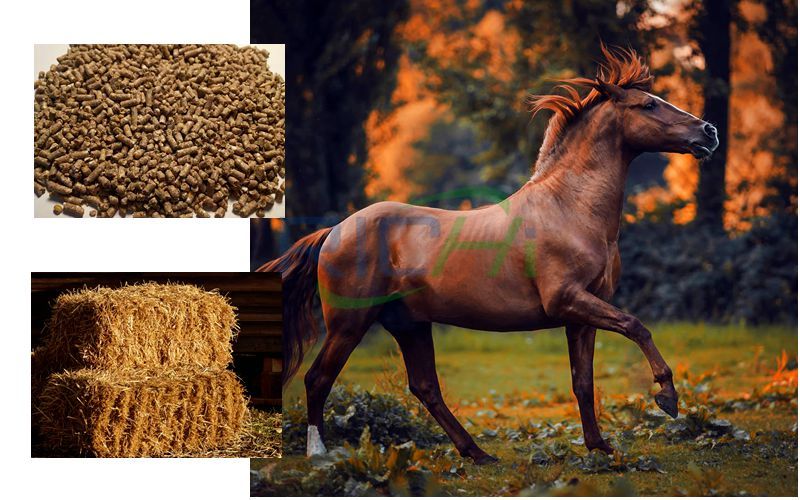
difference between feeding baled or pelleted hay
Pros
Due to their condensed nature, hay pellets take up less storage area than an equal weight of baled hay. This can be a real benefit if storage space is limited and you want to buy bulk quantities of feed. You might even be able to secure a lower price when buying in bulk.
Bagged hay pellets typically come with at least a minimal analysis. Bagged feeds, including hay pellets, are generally required to at least have a minimal analysis on the bag tag that states protein, fat, fiber, and ash content. Most people have no analysis on the baled hay they are feeding, so the pellet tag offers at least some minimal nutrition information.
Pellets are often considered weed-free. Any seeds in the hay are exposed to heat, which is necessary to form and extrude the pellets. This heat renders seeds unable to germinate. If you’re going trail riding for the day or overnight in a preserved wilderness area, weed-free feed is required to prevent the introduction of nonnative plant species. Additionally, manure from horses fed weed-free feed might be easier to dispose of with companies that need manure for compost.
Pellets are usually less dusty than hay.This can be a big benefit for equine respiratory health, especially for horses with conditions such as recurrent airway obstruction (or heaves). Eating pelleted hay might also help horses that have grass pollen allergies.
Easier to chew. This can be a huge benefit for horses with poor dentition that are no longer able to chew long-stem hay well. Being unable to properly chew hay causes quidding (dropping wads of partly chewed feed from his mouth) and can lead to an increased choke risk.
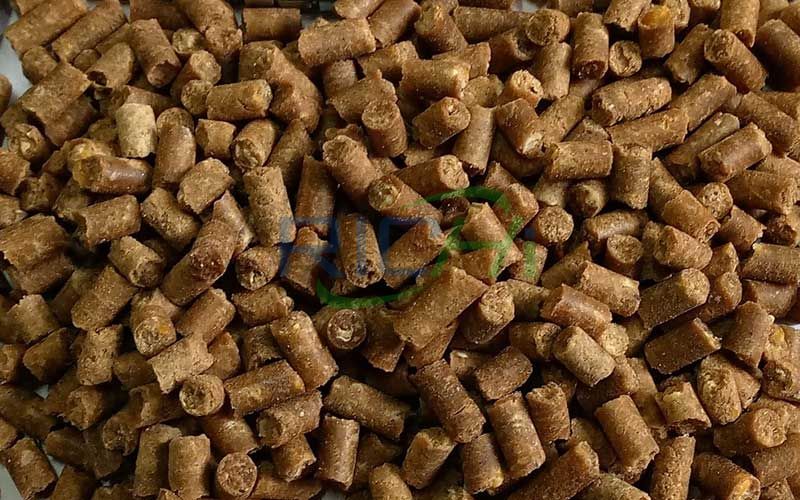
pelleted hay
Easier to digest. Smaller particle size results in greater surface area for enzymes and bacteria to work on. This allows for digestion of a greater proportion of the feed, which can help horses that struggle to maintain weight. It also means less manure production, because more of the feed is utilized (an important consideration for some barns).
Fortified hay pellets. Some companies fortify their hay pellets, essentially creating a complete feed. Unlike feeding hay alone, this insures that trace mineral and vitamin needs are met and removes the need for additional micronutrient supplementation.
Cons
Reduced chewing. This is my biggest concern about switching from hay to hay pellets. Because the hay is chopped prior to pellet formation, it takes far less chewing to consume a set weight of pellets compared to the same weight of hay. Chewing is important because it causes release of saliva, and saliva contains high concentrations of calcium and sodium bicarbonate, both of which act to buffer stomach acid. Horses evolved to eat for the majority of hours in the day and as a result secrete stomach acid constantly whether they’re eating or not. In their natural setting, this constant stomach acid release is countered by the almost constant release of calcium and bicarbonate in saliva. When saliva production is reduced due to reduced chewing, the horse has less buffering capacity against the stomach acid and is potentially at a greater risk of developing gastric ulcers.
Increased boredom risk. Because it takes less time to eat pellets than hay there’s the chance of your horse getting bored. When they get bored, some horses develop stereotypical behaviors such as cribbing, weaving, or box walking, which are undesirable.
Greater feed utilization. You might be surprised to see me consider this as a con, but for an easier keeper the greater digestibility of hay pellets might mean greater weight gain and a need to reduce calorie intake. If you’re only feeding hay pellets then the only way to cut calories is to reduce the amount of pellets fed. This exacerbates the issues of chewing and boredom.
Choke. Some horses seem to have a greater choke risk when fed pellets. Wet these horses’ pellets prior to feeding, and feed them in a wide shallow bucket or tub to prevent gorging large amounts in one mouthful.
Hay pellets also make a great base for supplements and are an easy way to introduce a controlled amount of forage in to a ration when you want to feed less than a flake. Many people find a middle ground feeding part of their horse’s forage needs as hay pellets (e.g., their lunch meal). In the end whether you feed hay or hay pellets comes down to each individual horse and weighing the pros and cons against that horse’s situation.
The above is the article for you: What’s the Difference Between Feeding Baled or Pelleted Hay to Horses?. If you are interested in our products or project solutions, please contact us. We will give you the best product quality and the best price. Email: enquiry@pellet-richi.com
Related Product
Production Line Equipment
related News
Here you can submit any questions and we will get back to you as soon as possible. We will not disclose the information you submit to anyone, please rest assured.
Copyright© 2022 Richi Machinery. All rights reserved. Site Map


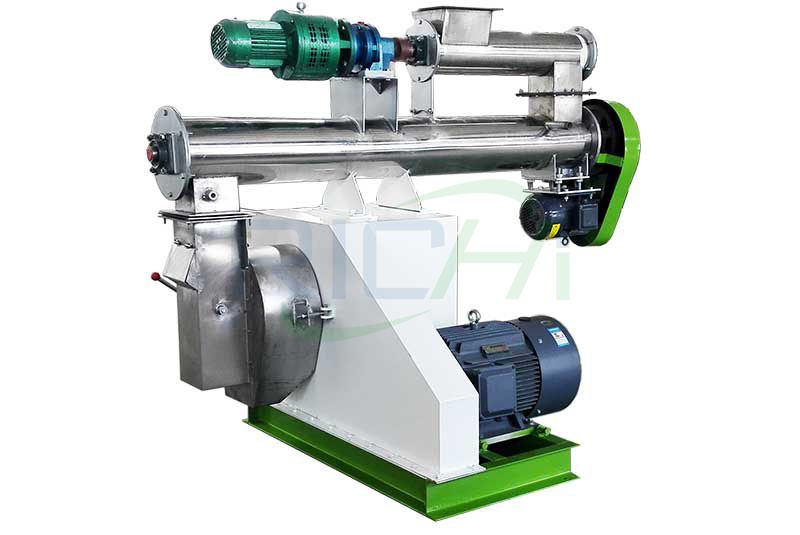
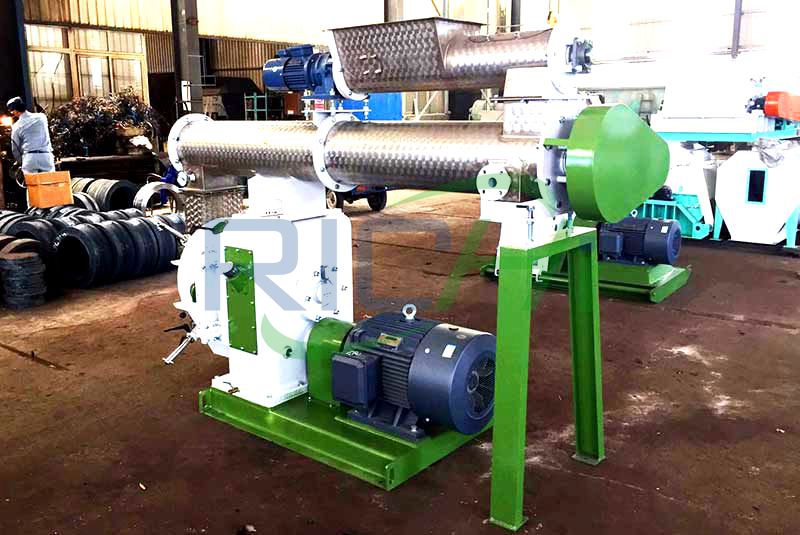
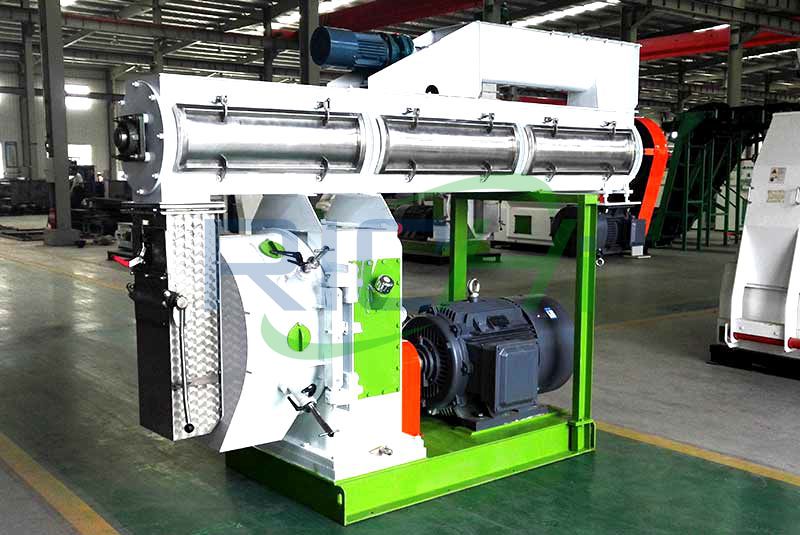
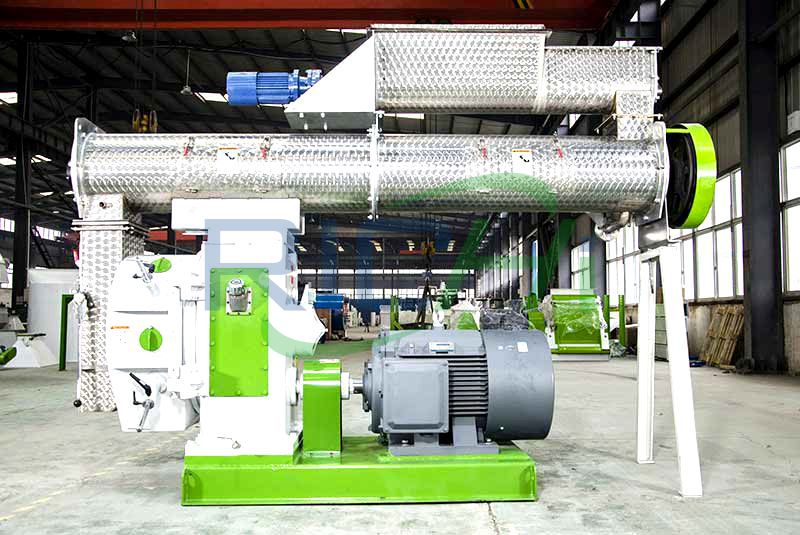
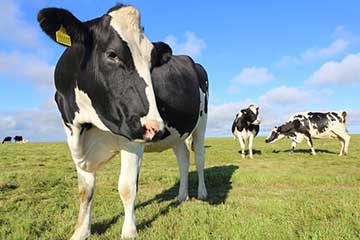
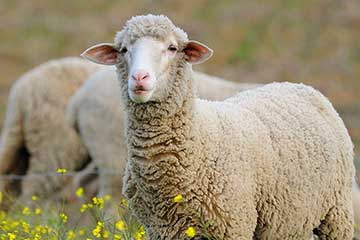
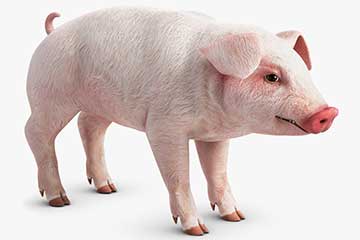
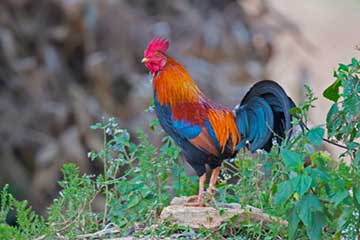
 Product Center
Product Center Get Latest Price
Get Latest Price